Inside the courses helping to make video games open to all
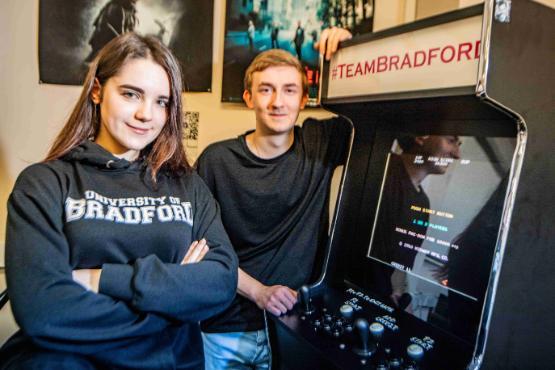
The video games industry is becoming even more diverse thanks to courses at the University of Bradford which are attracting future developers from a wide variety of backgrounds.
The University of Bradford’s Game Design and Development and Graphics for Games courses are providing its students with the platform they need to bring their ideas to life and help to break down barriers.
The two courses have seen an increase in female enrolments over the last three years, alongside the recruitment of students who are on the autism and Attention Deficit Hyperactivity Disorder (ADHD) spectrums, and those from the LGBTQ+ community.
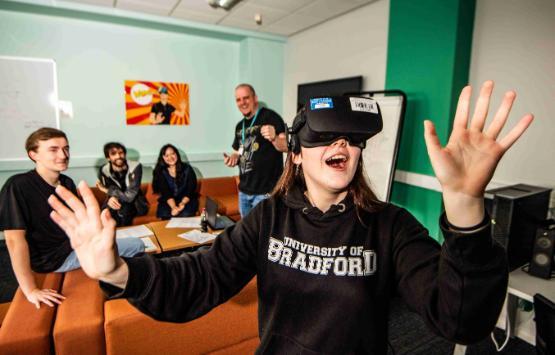
Female students say they enjoy bringing their passion for gaming to life at Bradford.
Ella Bodnar, pictured above front, came to the UK from Ukraine last year following the war with Russia. She is in her second year on the Graphics for Games course.
She said: “I grew up understanding computer games. I want to build my own games with my own story. I’m working with people that are interested in it. I’m really enjoying living here.”
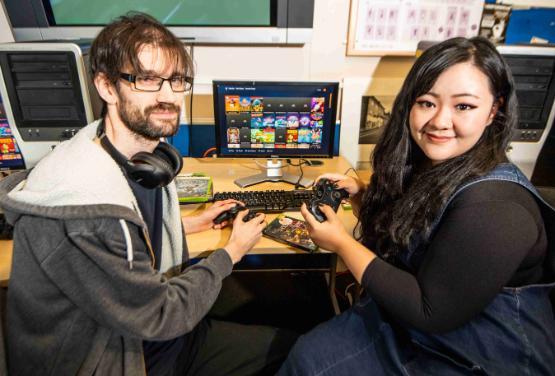
Pratigya Rai, pictured above with fellow student Chris Ball, a fellow second year Graphics for Games student who was born in Brunei, says she wants to mix fine arts and video games in her future career.
She said: “I studied fine art previously. Most games are very expressive forms of art. I want to bring the games world into the fine arts world.”
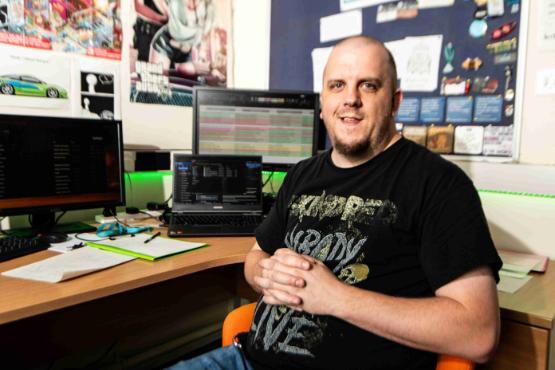
Assistant Professor Robert Redman, pictured above, who runs the Graphics for Games programme at Bradford and previously worked in the industry, says both courses are attracting more diversity among its students, which can help to broaden the content of future video games.
He said: “The more diverse we can get, the better. Everyone has a perspective, and all are widely different, but they are all heading towards the same cause.
“If we’re not looking more into diversity, then we’re not doing it right. The industry expects diversity now.
“We have a large female cohort at the moment, it was 90 per cent male, it’s 50-50 now. Just before lockdown (in 2020), we saw a large demographic shift. It’s really interesting to see it even out. It’s refreshing that it’s not just a male audience.
“People on the autism spectrum are coming onto the courses, they say it feels safe for them. They come with a different perspective.
“Some of the most creative students we have had in the most recent years have been classified on the spectrum. They create wonderful things. We have a decent influx of LGBT+ and non-binary students. It is making it more available to everyone.”
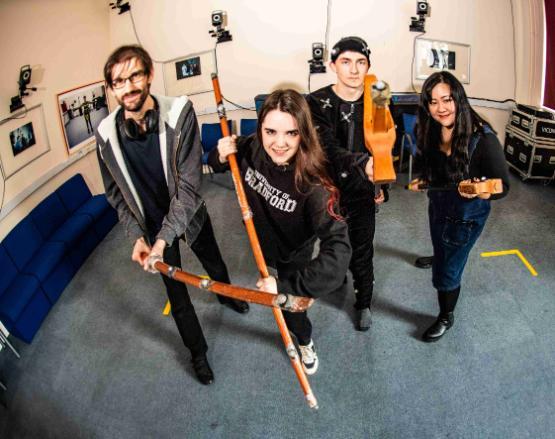
Asst Prof Redman added the course’s students come from across the world in what is a competitive industry.
He said: “We have a lot of students from India and Pakistan, and they bring a different cultural aspect now.
“Everyone has that idea that they have been sitting on for years. If a thing is not acted on, someone else will make it. If you get an idea out there, you will create something cool.
We could have the next Minecraft come from one of our students
The University of Bradford showed its strong ties with gaming companies when it hosted the 2023 Game Republic Student Showcase last June, where university, including Bradford, and college teams competed for awards.
Almost 60 students are enrolled on the two courses – 41 on the Games Design and Development and 17 on the Graphics for Games course, many of whom are from across the world.
Both courses provide students with a pathway to a career in gaming, with graduates going onto work for firms including Sheffield-based video games developer Sumo Digital and Wakefield’s Team17.
Students at Bradford have regular access to state-of-the-art facilities including the six-camera Motion Capture Suite, where people’s movement can be recorded and fed into specialised software and transferred to models, using mock weapons including swords.
The Game Design and Development degree course sees students taught about the history of computer games, storytelling and advanced game technology.
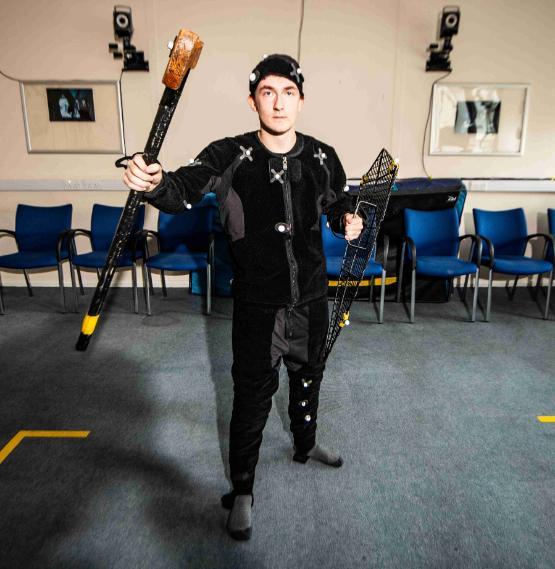
Meanwhile, on the Graphics for Games course, students learn about the creative side of games design, including digital and physical concept art and observational drawing.
Student Chris Ball has swapped fixing cars for designing games after deciding to change his career from a car mechanic to study on the Games Design and Development course.
He says he wants to work on racing games, where he can offer his technical knowledge from his previous career.
Adrian Lewandowski, pictured above, a second year Graphics for Games student, says he grew up watching other people playing video games on YouTube, but since starting the course he has started to play games himself.
